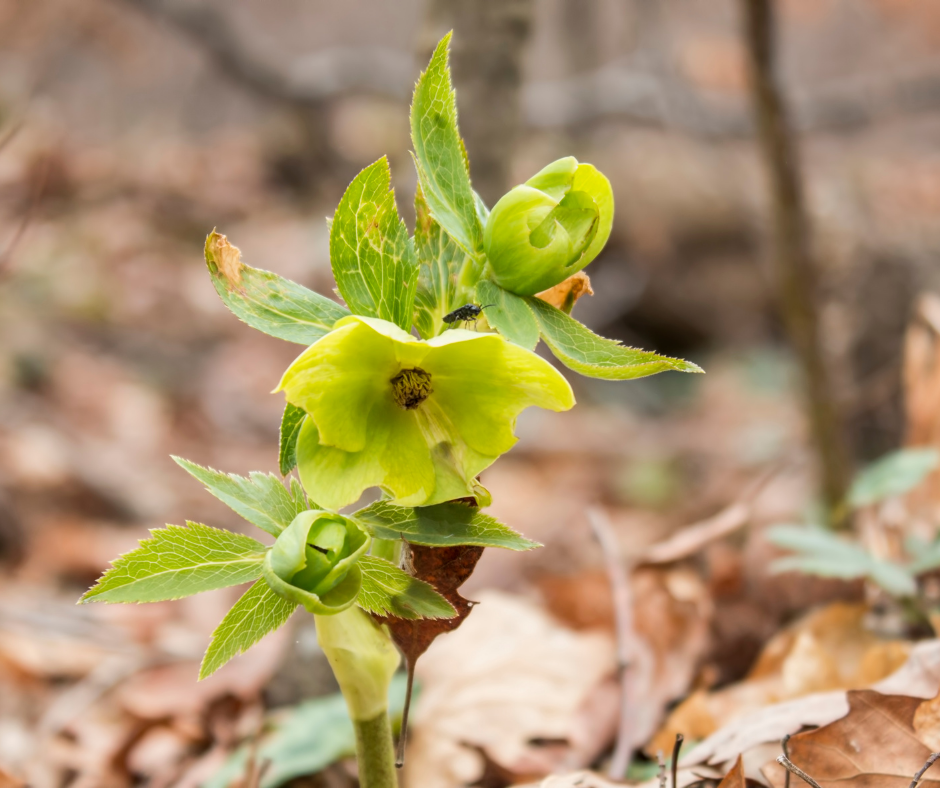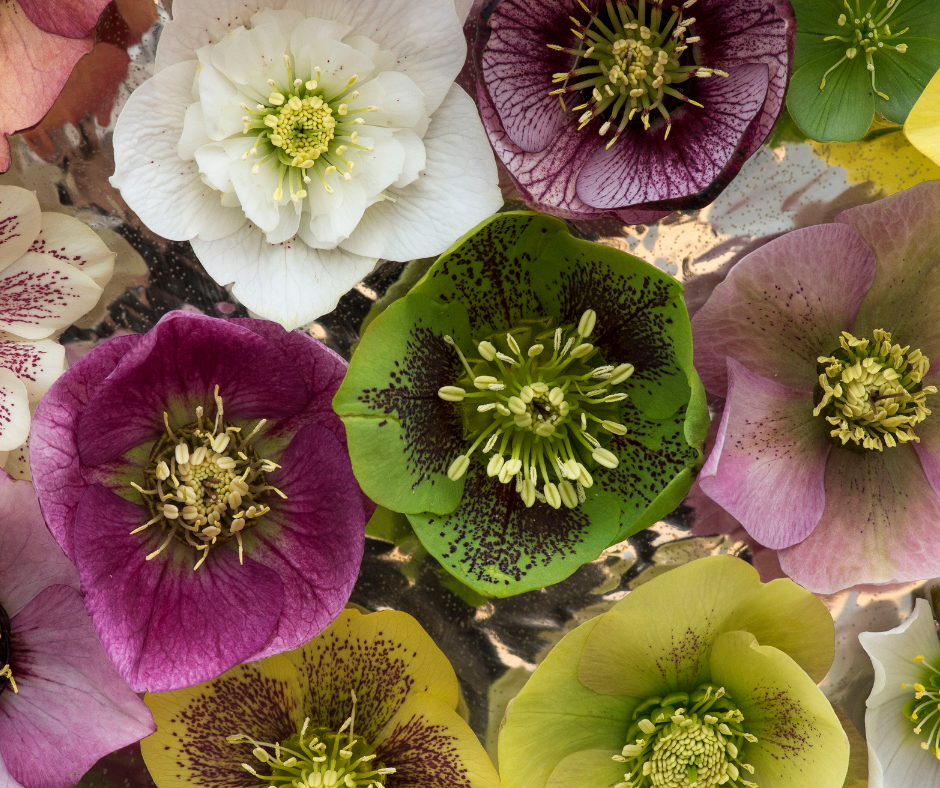Add Color to Your Landscape: Hellebores
go.ncsu.edu/readext?850273
en Español / em Português
El inglés es el idioma de control de esta página. En la medida en que haya algún conflicto entre la traducción al inglés y la traducción, el inglés prevalece.
Al hacer clic en el enlace de traducción se activa un servicio de traducción gratuito para convertir la página al español. Al igual que con cualquier traducción por Internet, la conversión no es sensible al contexto y puede que no traduzca el texto en su significado original. NC State Extension no garantiza la exactitud del texto traducido. Por favor, tenga en cuenta que algunas aplicaciones y/o servicios pueden no funcionar como se espera cuando se traducen.
Português
Inglês é o idioma de controle desta página. Na medida que haja algum conflito entre o texto original em Inglês e a tradução, o Inglês prevalece.
Ao clicar no link de tradução, um serviço gratuito de tradução será ativado para converter a página para o Português. Como em qualquer tradução pela internet, a conversão não é sensivel ao contexto e pode não ocorrer a tradução para o significado orginal. O serviço de Extensão da Carolina do Norte (NC State Extension) não garante a exatidão do texto traduzido. Por favor, observe que algumas funções ou serviços podem não funcionar como esperado após a tradução.
English
English is the controlling language of this page. To the extent there is any conflict between the English text and the translation, English controls.
Clicking on the translation link activates a free translation service to convert the page to Spanish. As with any Internet translation, the conversion is not context-sensitive and may not translate the text to its original meaning. NC State Extension does not guarantee the accuracy of the translated text. Please note that some applications and/or services may not function as expected when translated.
Collapse ▲Hellebores is a perennial evergreen and can be used as a border plant. It has white petals that turn pink and continue to bloom through the winter until spring. The plant can survive a winter frost. When it gets cold, it’s time for the hellebores to shine. Remove excessive leaves to expose long-lasting, showy blossoms from November through March. The blossoms are delicate yet tough and quite picturesque in the winter. Be aware that all hellebores are toxic if ingested. The plant has shiny green leaves, light patterning, dark and leathery. The leaves look peaked in the summer but perk up in September and October.
They are not winter pollinators, but in the spring, they are a good source of food for insects – the bumble bee, in particular, loves the nectar. Hellebores do attract pests such as slugs and snails. Diatomaceous Earth is recommended to keep these pests under control.
The hellebores require weekly watering, but only to keep the soil moist. It is best if the soil is organic pH neutral. No mulch is needed. Compost every couple of years.
Hellebores should not be pruned back in the winter, but dead foliage and old flower stems should be trimmed away.
Because of the cost of licensing fees and royalties on the original patent, the price of a hellebores is quite expensive. The seeds are much more economical but it may take up to four years for the plant to flower. The hellebores can be planted in the spring or the fall and the plant will survive a winter freeze, but do not plant in the summer. The plant needs moist soil and can tolerate full sun to almost full shade and drought.








